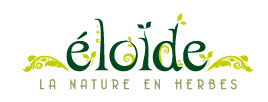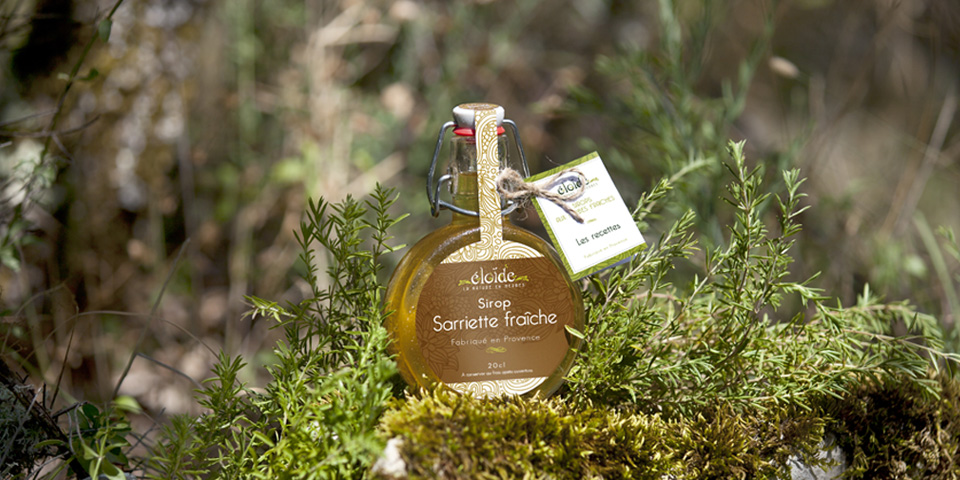The savory:
Called pèbre of aï (donkey’s pepper) in Provençal, the savory was nowhere to be found at my grandmother’s place! When one of our neighbours brought us fresh goat-milk cheeses, we were delighted with the stroll which we had to make. We had to leave the property, borrow a way leading to the neighbouring hill and in a descending line to the southern mountainside, with the deafening noise of cicadas of the summer, it was possible to find, here and there, some plans of savory which seemed to find their happiness in the rocks heated by the sun. Their white flowers attracted brown butterflies with big black eyes on their wings. They undoubtedly wanted to scare the honeybees and other bumblebees to keep jealously the pollen of this flower for themselves.
We brought back some bites which we disposed on the goat-milk cheeses before wrapping them in some waxed paper and forgetting them a while in the drawer of the bottom of the refrigerator. 10 days later, the perfume of this grass had impregnated our cheeses and a smooth cream had already pierced the fine rind which it had formed. So much to say to you that a cheese under preparation did not reach the dinner table at the following meal.
Virtues which are lent him:
This enduring plant contains iron, manganese, calcium and magnesium.
On top of that, it contains a lot of vitamin B6 and K.
These substances gives the plant stimulating, digestive, antiseptic and invigorating virtues. Consequently, immune, circulation and neurological systems benefit from these effects. In friction, the savory constitutes a very good cure against tiredness, low blood pressure and during temporary depression. The savory also has anti-contagious and sedative analgesic properties. Used in infusion or in hot toddy, it fights the viral and bacterial infections, notably at pulmonary (bronchitis) and urinary (cystitis) levels.
The plant:
An enduring plant of the labiées family it is originally from Mediterranean Europe where it is found at the edge of roads; it is one of five ingredients in the Herbs de Provence.
The leaves of savory are already used since antiquity to add flavour to meals. Its taste is very pronounced and reminds a bit of that of thyme, with an added flavour of pepper.
Latin Name: Satureja montana L.
Family: Lamiacées
Origin: Mediterranean Europe, Central Europe, Asia Minor
Type: Aromatic Plant, curative plant
Height: 30 – 50 cm
Leaves: Small, narrow, very odorous
Flowers: Roses or white
Taste: Perfume intense, slightly added pepper
Exhibition: The Full sun, heat
Watering: The savory prefers dryness to humidity.
Substrate: Normal or calcareous, well drained and light Soil



